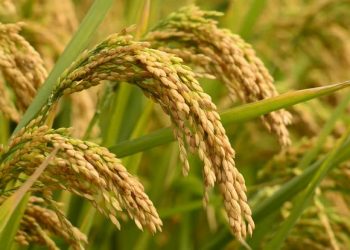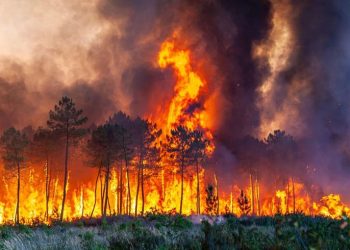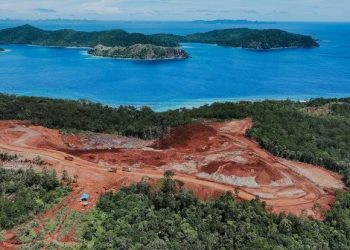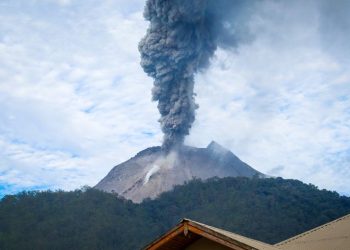Jakarta, Indonesia Sentinel — Indonesia Meteorology, Climatology, and Geophysics Agency (BMKG) has released its forecast for the onset and peak of the 2025 dry season. The agency predicting that the country will gradually enter the season starting in March, with peak conditions expected between June and August.
BMKG Chief Dwikorita Karnawati stated that the dry season would not begin simultaneously across all regions. Some areas will experience the transition as early as March, while others will see it unfold in April or May.
“The dry season in 2025 is predicted to start in March in six seasonal zones (ZOM), accounting for approximately 0.8% of Indonesia’s seasonal zones,” Dwikorita said in a virtual press conference on Thursday (March 13, 2025), as reported by Kompas.
“The affected areas include parts of northern West Java, sections of Madura Island in East Java, small portions of North Kalimantan, and Nusa Penida in Bali,” she added.
Meanwhile, BMKG projects that the peak of the dry season will occur in June, July, and August 2025. “The peak of the 2025 dry season in most parts of Indonesia is expected to occur between June and August,” Dwikorita explained.
Dry Season Transition
The transition into the dry season is influenced by the shift in monsoon winds, from the Asian monsoon (west monsoon) to the Australian monsoon (east monsoon). While the start of the dry season varies across regions, BMKG reassured the public that the La Niña phenomenon has ended, creating more stable weather conditions.
La Niña refers to a cooling of sea surface temperatures (SST) in the central Pacific Ocean, which typically increases rainfall in Indonesia. With the recent transition to a neutral El Niño-Southern Oscillation (ENSO) phase, BMKG expects weather patterns to stabilize.
“El Niño, which represents the warming of sea surface temperatures above normal conditions in the central Pacific, has also subsided. This reduces the likelihood of prolonged droughts in Indonesia,” Dwikorita noted.
Regional Variations in Dry Season Onset
BMKG’s forecast indicates that regions experiencing a typical dry season onset include Sumatra, Central Java, East Kalimantan, South Sulawesi, Gorontalo, North Sulawesi, and parts of Maluku and North Maluku.
Meanwhile, some areas are expected to experience a delayed dry season compared to historical averages. These include southern Kalimantan, Bali, West Nusa Tenggara, East Nusa Tenggara, parts of Sulawesi, sections of North Maluku, and Merauke in Papua.
BMKG’s Recommendations
BMKG has issued several recommendations to both the public and the government to mitigate the potential impacts of the dry season.
In the agricultural sector, farmers are advised to adjust their planting schedules in areas experiencing an earlier or later-than-usual dry season. Authorities are also encouraged to promote the use of drought-resistant crop varieties and optimize water management in regions projected to experience below-average rainfall.
Read Also:
Indonesia Strengthens Early Warning System Amid Significant Increase in Extreme Weather Events
To prevent wildfires, BMKG urges local governments to anticipate and address forest and land fire risks, particularly in regions prone to below-normal rainfall and dry climatic conditions.
Additionally, BMKG highlighted the need for air quality management, particularly in urban areas where heat and humidity could lead to discomfort and health risks. T
he agency also emphasized water conservation efforts to ensure the efficient management of water resources for hydropower operations, irrigation, and drinking water supplies, particularly in areas expected to face prolonged dry conditions.
As Indonesia prepares for the 2025 dry season, BMKG continues to monitor weather patterns and provide timely updates to help mitigate its potential impacts.
(Raidi/Agung)


























